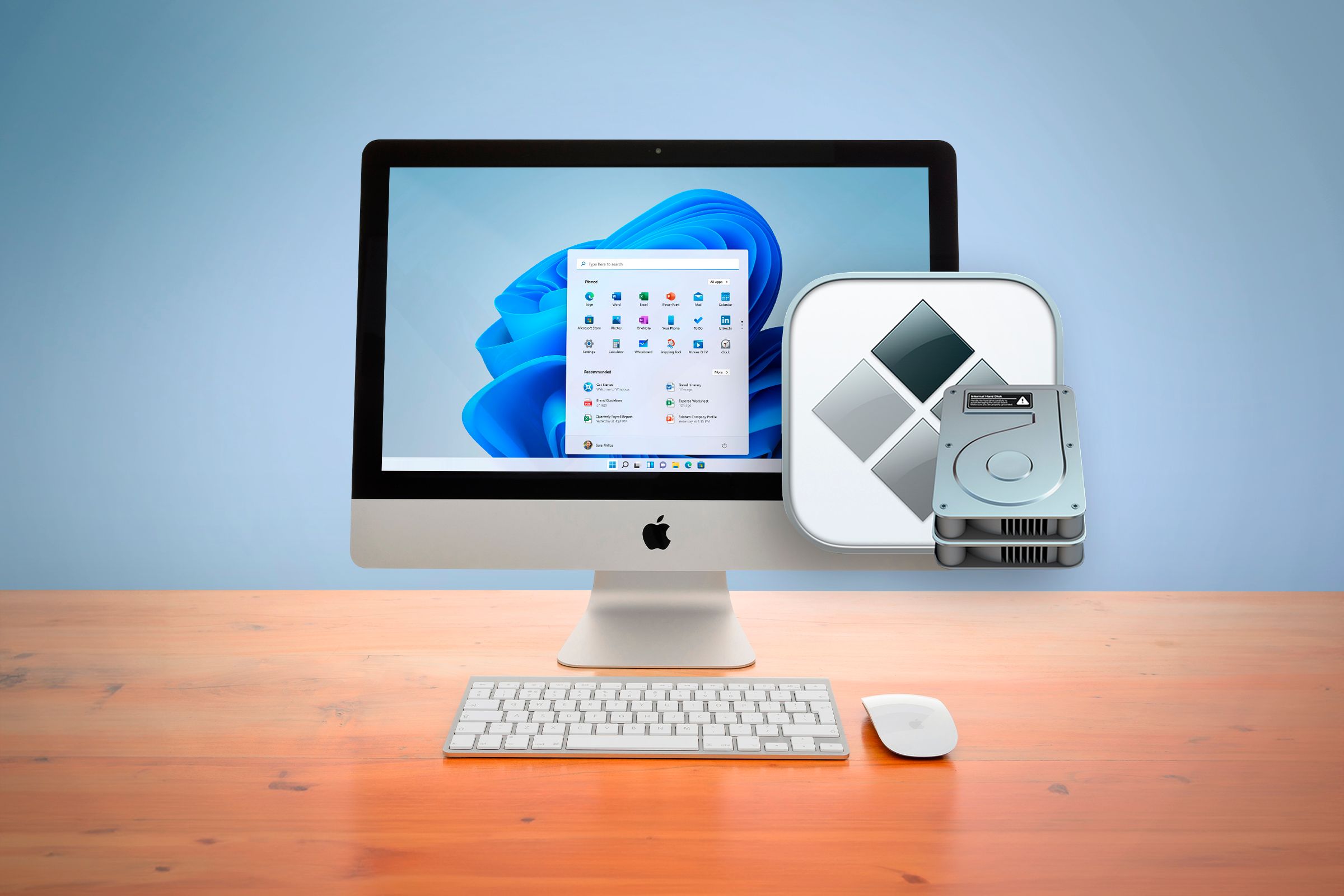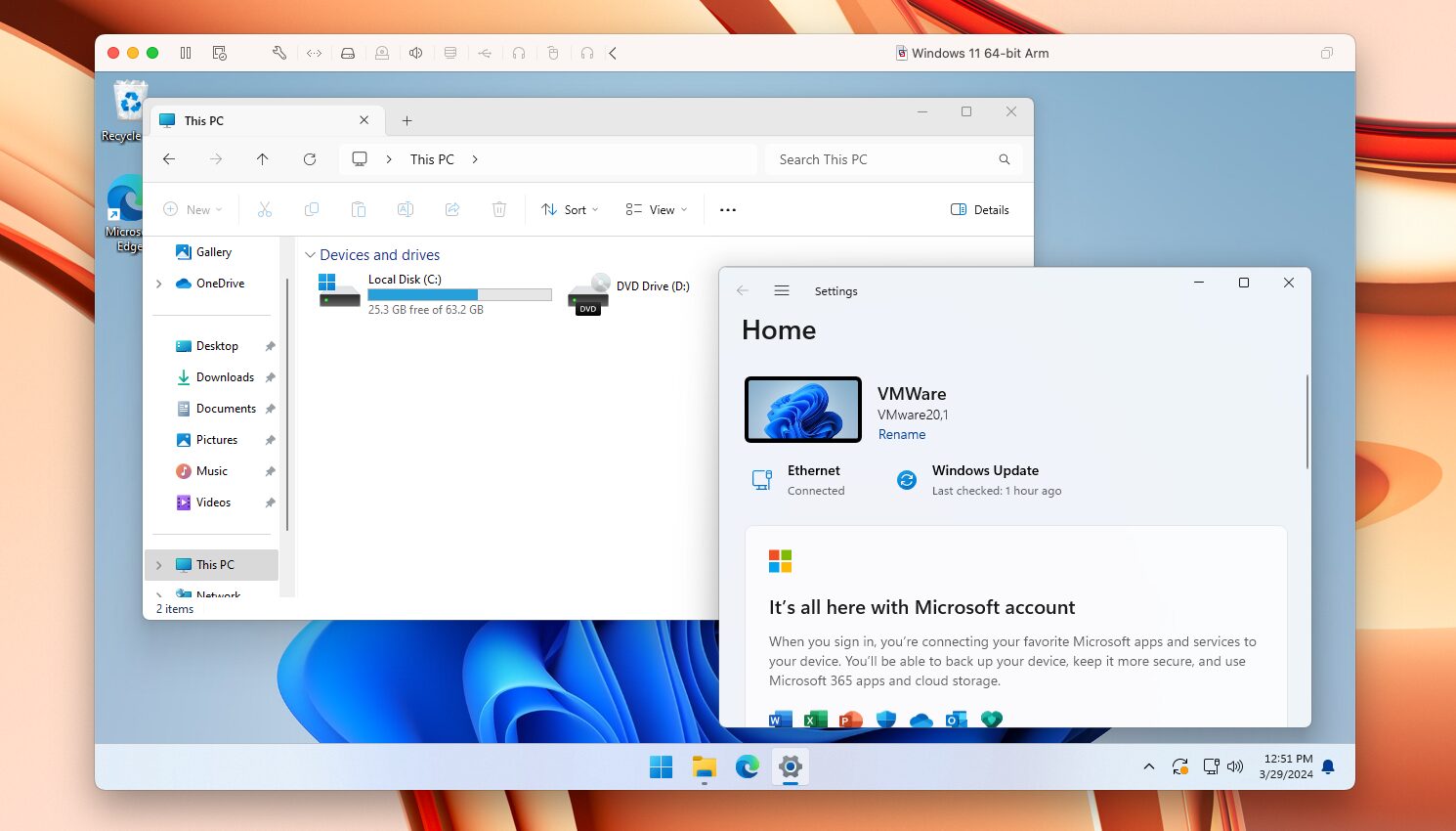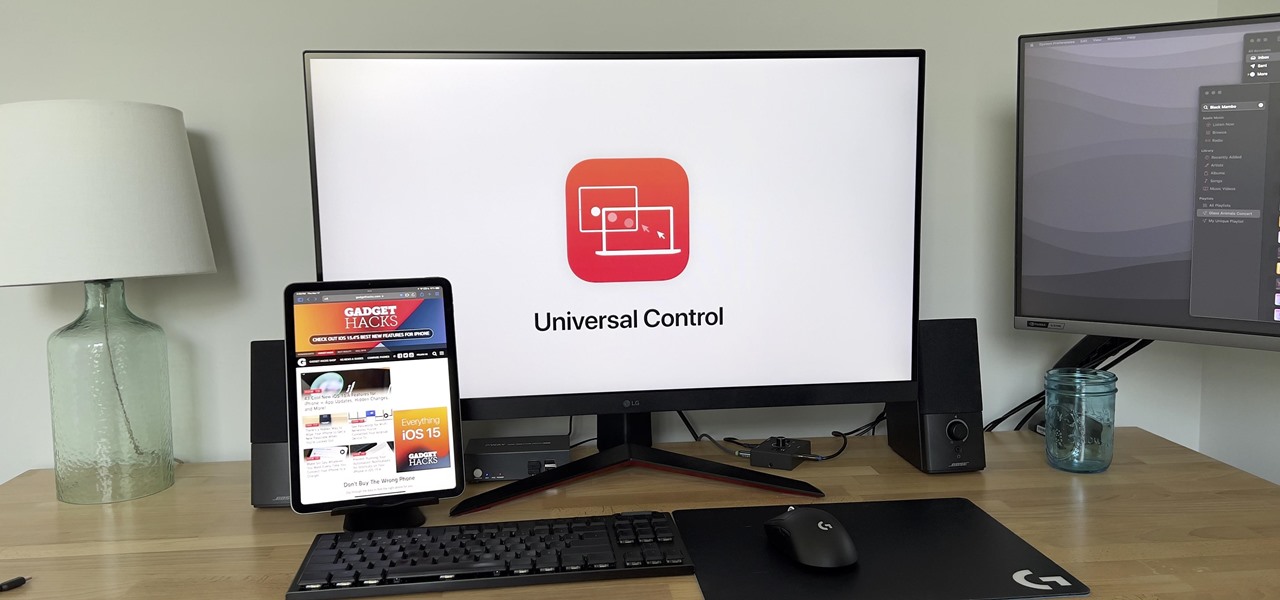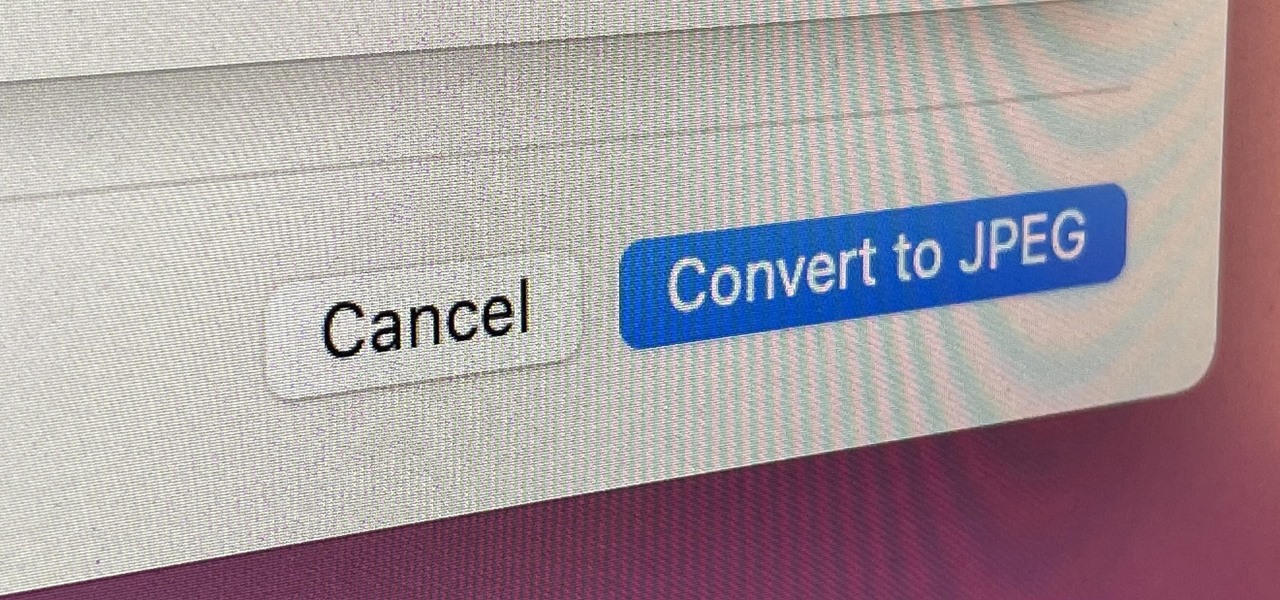Apple Should Bring Back Boot Camp, Here’s Why
Boot Camp allowed Windows or Linux to be installed on Intel Macs, but it’s missing on Apple’s latest computers.
Key Takeaways
- Boot Camp was a useful tool for Macs to run Windows; its absence on newer Apple Silicon chips is disappointing.
- Apple now recommends virtual machines for alternative operating systems, but it lacks full support for tasks like WSL or certain games.
- Virtualization options like Parallels Desktop can be expensive, lack features, and have game performance limitations.
Apple’s modern Mac desktops and laptops with Apple Silicon chips are fantastic computers, with excellent performance and best-in-class power efficiency. However, something important was lost in the transition away from Intel processors: Boot Camp.
Boot Camp was first revealed in 2006, when Apple was in the early stages of moving its Mac computer lineup from IBM’s PowerPC processors to Intel’s x86 chips.
One of the benefits of moving to the same processor architecture as PCs was that Macs could now run the Windows operating system without emulators or virtual machines. Boot Camp was created as a utility to help you partition your Mac’s drive for a dual-boot, run the Windows installer, and finally install the required drivers for Apple’s hardware.
Even though Apple wanted people to buy Mac computers because they weren’t Windows PCs, the company still recognized the value of running Windows natively for some tasks. Phil Schiller, who was Apple’s marketing SVP at the time (and now runs the App Store and Apple’s corporate events), discussed the advantages in the original 2006 announcement.
Apple has no desire or plan to sell or support Windows, but many customers have expressed their interest to run Windows on Apple’s superior hardware now that we use Intel processors. We think Boot Camp makes the Mac even more appealing to Windows users considering making the switch.
When Boot Camp was fully released as an optional feature in Mac OS X 10.5 Leopard, it became an invaluable tool for Windows-only productivity software, games, and niche apps that can’t function under virtual machines. It could also be used for Linux and almost any other operating system designed for standard x86 computers. A Mac could now be a gaming PC, a fully-supported Linux workstation, or a customizable home server, on top of being a Mac.
I used Boot Camp extensively on my late 2014 Mac Mini back in the day, initially just to play Windows-only games. Eventually, I started using Windows 7 on Boot Camp for most of my computer tasks, as macOS became increasingly unusable on spinning hard disks, like the main drive in that Mac Mini. Apple never supported Boot Camp all that well—you can find plenty of examples of the drivers misbehaving—but it was better than nothing.
The End of Boot Camp
Apple introduced its M1 chip in 2020, along with the first M1-powered MacBook Air and Mac Mini. Just like the transition from PowerPC to Intel chips in the mid-2000s, the new Apple Silicon chipsets gave Mac computers greater power efficiency and performance than was possible with the previous processors.
Unfortunately, the transition to custom chips means Macs can’t natively run operating systems designed for traditional x86 computers. There’s no standard UEFI bootloader firmware, the CPU is now based on ARM designs instead of 64-bit x86, and Apple’s custom unified memory and graphics architecture isn’t like anything else in the PC ecosystem. For those reasons, and likely many others, Boot Camp is missing on Macs with M1 chips or newer.
Even though Apple has not implemented Boot Camp on its newer computers, it hasn’t outright blocked alternative operating systems. The Asahi Linux project has made significant progress in running native Linux on Apple Silicon Macs, though it’s still not as polished as Linux on a standard x86 PC.
Apple’s new recommended solution for running alternative operating systems on Mac computers is virtual machines. The company has created a virtualization framework specifically for that, and on macOS 13 and later, you can even use Apple’s Rosetta translation layer to run x86-based Linux software in ARM Linux virtual machines.
Virtual machines on modern Macs are fantastic. You can use applications like UTM, Parallels Desktop, or VMWare Fusion to run ARM Linux or Windows on ARM, and general performance has been excellent on my M1 MacBook Air and M1 Mac Mini. I have played hours of Civilization VI in Windows on my MacBook Air, which isn’t just running in a virtual machine, but also translated in real time from x86 to ARM instructions by Windows. That sounds like it would be unbearably slow, but the game is still completely playable.
Bring Back Boot Camp
Even though virtual machines are generally great on modern Mac computers, they aren’t a full replacement for Boot Camp. Apple Silicon Macs don’t currently support nested virtualization, so certain tasks don’t work at all, such as WSL in Windows. There is hardware support for nested virtualization in M2 and M3 chips, but Apple’s virtualization features don’t yet support that.
Games are also a mixed bag in virtualization. The free UTM virtualization software doesn’t support GPU acceleration at all, and VMWare Fusion and Parallels Desktop only support DirectX 11. Games and other 3D-accelerated software that require Vulkan or DirectX 12 don’t work. Many other games also have anti-cheat software that sees a virtual machine or x86 translation as hacking and refuse to run—that’s why I can’t play Fallout 76 on my Macs.
Finally, cost and accessibility are a problem with virtualization. UTM is free and open-source, but it’s missing features like graphics acceleration and easy file sharing. VMWare Fusion is a paid product with a somewhat hidden free version available for personal use.
Parallels Desktop is the best solution, but it’s also incredibly expensive. The Pro Edition is $120 per year, and that’s a per-computer cost. If you have two Mac computers, get ready to pay $240 every year for the privilege of running Windows software.
Boot Camp wasn’t amazing, but it was a free utility for everyone who owned an Intel Mac. Apple hasn’t stopped providing great built-in applications for its devices, but in the Apple Silicon era, the company has left Windows and Linux support to third-party developers.
Apple doesn’t need to revive Boot Camp—the company is doing just fine, and modern Macs are still fantastic computers. It might not even be technically feasible to run Windows natively on Apple Silicon without significant structural changes to Windows or the hardware.
However, there should really be some official solution for running Windows applications and games on Mac. If that’s not a Boot Camp-like dual boot, then something free and comparable to Parallels or VMWare would be fantastic. Apple released a Game Porting Toolkit that can run some Windows software, but just like the virtualization framework, it’s not packaged in a way that is easy for normal people to try.
Boot Camp wasn’t perfect, but I miss it a lot, and I don’t want to give Parallels any more of my money.













